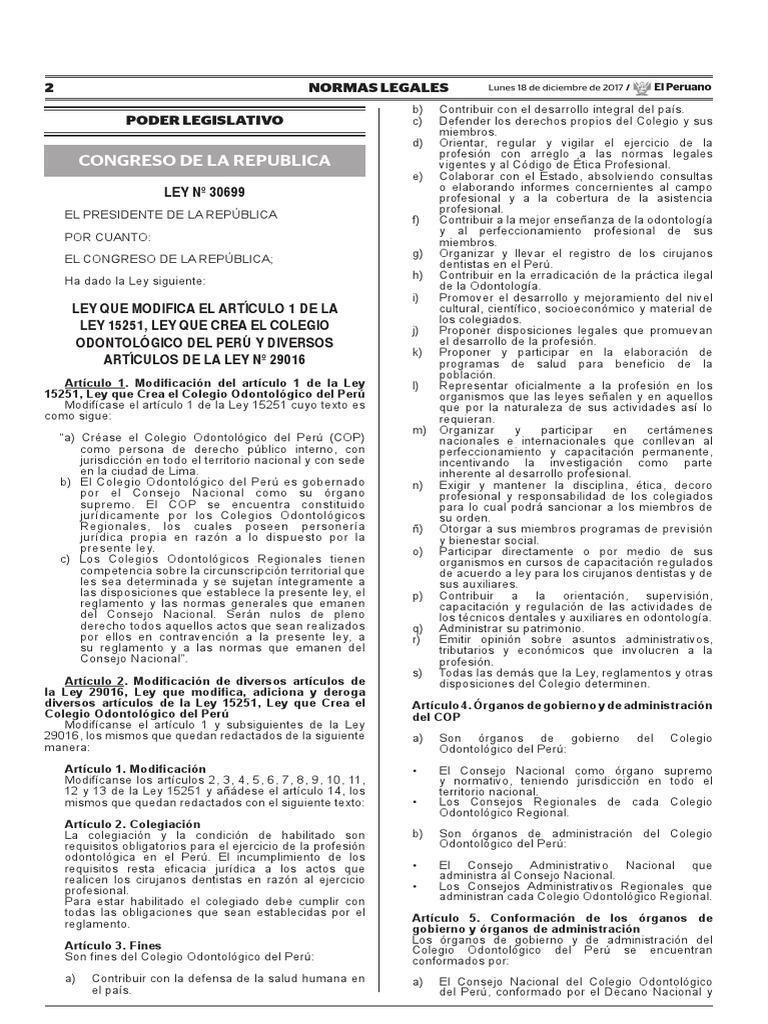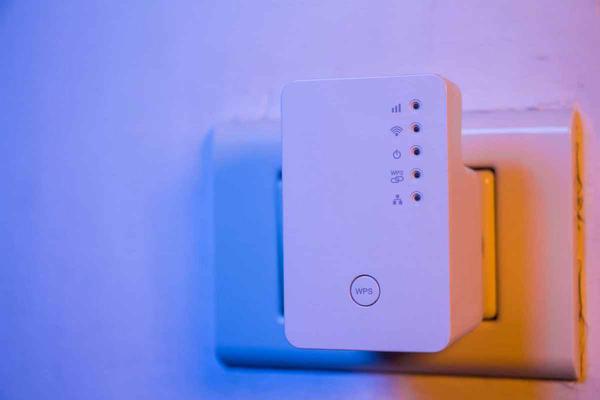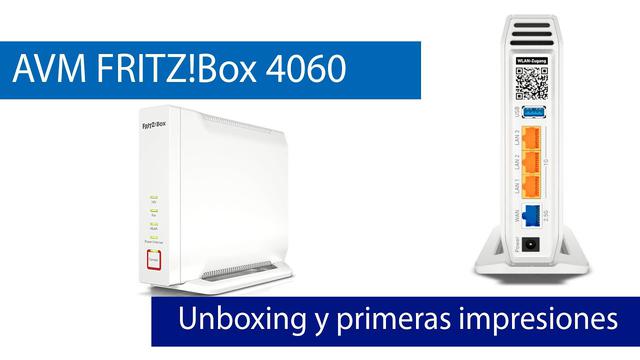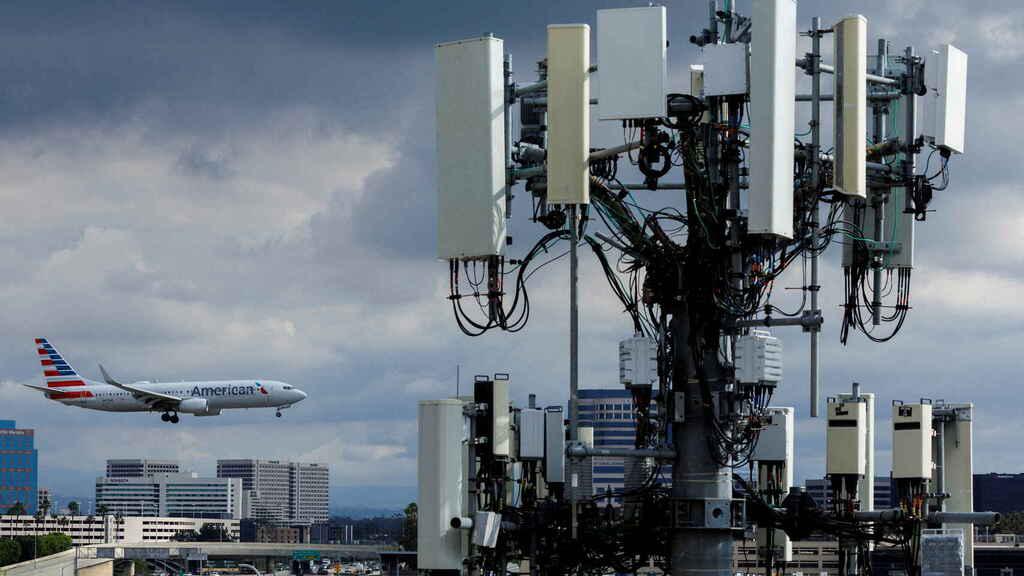▷ Das: Everything you need to know?
The term DAS has recently popularized to homogenize the terminology used in the classification of the different storage architectures used in computer science, as opposed to the San (storage area network) and NAS (storage connected in network).
Behind a little known term, a very common hardware collection is hidden in personal and professional teams.The acronym comes from the English "Direct-Attached Storage";that is, direct connection storage.These devices include hard disk units, solid state units, optical disc units (CD, DVD, BD), USB memories, a small number of specialized applications and many other outdated (disquellers, memory cards, memory cards,perforated tapes and cards).
The main characteristics of direct connection storage devices are:
In any case, when talking about DAS, we generally refer to the first two elements, HDD and SSD.With the generalization of the term some companies in the sector, such as Lenovo, Dell or Terramaster, have begun to call a venue with capacity to house several HDD or SSD units;that is, an expansion unit with standardized and universal dimensions aimed at providing local service.These three elements will be subject to this article.
Index of contents
Advantages and disadvantages of direct connection storage
When choosing the storage architecture that we are going to use, we must take into consideration the strengths and weaknesses of each one, as well as the applications to which we allocate our equipment.The following sections summarize the pros and cons of the applications.
Reduced prices: low initial investment, maintenance cost and replacement expenses
The price of components is usually one of the main factors when opting for a hardware or other.In this sense, the DAS devices are favored because among them are the solutions with the best relationship between capacity and price.
Unlike the DAS solutions, both the NAS and the SAN are connected to the network and operate continuously.The stress to which the discs are subjected causes the usual HDDs and SSDs not to support more than one or two years of operation.
Therefore, the acquisition of certified units for NAS of companies with the best reputation (Seagate or Western Digital is recommended, basically).These disk units have better specifications and components, but they are also much more expensive.
The case of HDD and SSD designed for storage area networks is even more apparent, the price per unit is prohibitive for personal use;fact that is due, among other reasons, at the high rotation speeds, proprietary firmware implementation and very high range characteristics.In general, San architectures, which can accumulate information petabytes and offer transfer speeds far superior to those of other network systems, are completely relegated to professional use in companies that can assume a total cost of such high property.
In addition, apart from the expenses in the disk units used, an investment is incurred by the NAS Head hardware, also known as NAS Box, an element that acts as an interface between the NAS and the users;or by the chassis of the San, which contains a complete architecture.The prices of these components usually around € 500 for the HEAD NAS and the more than € 6000 of a San Basic.
Thus, it is unquestionable that the DAS memory solutions are the most affordable from the economic point of view and for this reason you are reading this article.
Stability, compatibility and simplicity of designs
In the first decade of the millennium, analysts of the computer sector predicted a progressive adoption of network storage solutions to the detriment of direct connection devices, which finally materialized with the appearance of remote data centers and storage in thecloud.
Even today, NAS technologies are in their childhood.On the contrary, and as James O'Rilly indicates in his book Network Storage, the direct connection devices that we find today in stores are the result of 25 years of development and the models are robust and resistant to innovations, sinceThe advances in this field have slowed down.
Thus, on the one hand the technology is lagging behind, but on the other, both HDD and SSD offer solutions of easy use, configuration, integration, management and management;Therefore, they are optimal to be used by the general public, regardless of the degree of knowledge available.It is worth highlighting the question of maintenance, since this procedure does not even require the use of maintenance software, resulting much simpler than SAN and NAS.
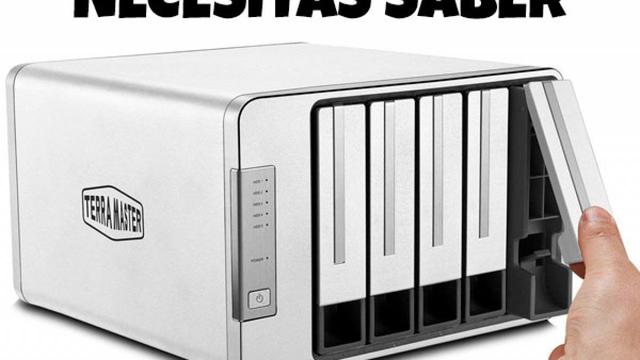
Incurning a little more about their possibilities of integration and management, the treated disc units are manufactured with several standards that allow their use in large configurations (such as local storage servers, Raid and DAS -Cas of expansion-).For example, the form factor (2.5 and 3.5 inches are the dimensions accepted today), type of data connection with the motherboard, etc..
In summary, it is hardware subject to few changes and technological innovations and suitable for all levels due to its conceptual simplicity and ease of use.
Difficulty of scalability, expansion and configuration
The scalability of the DAS is not bad by definition, however it pales compared to the capacity and flexibility that systems such as San have intrinsically.In addition, the expansion of memory capacity is presented with technical difficulties that affect compatibility, and bottlenecks that arise when using different HDD and SSD, as well as those derived from controllers.
The general consensus is that the scalability and expansion of the direct connection storage groups requires the participation of a computer technician, either performing consulting functions or executing the work itself.When looking for personalized DAS solutions for private users, it would be convenient to obtain advice from manufacturing companies to receive recommendations and information about possible incompatibilities.
On the other hand, the degree of configuration allowed by the DAS is limited.The use of units such as different moles (logical unit numbers) depends totally on the controllers that accompany the hardware.In Windows 8, Windows Server 2012 and superiors there is a certain degree of control through Powershell if the system has SMI-S or SMP provider, but it is usually not known what the number of discs in rotation or its location can be knownThe screen (there is always the inspection in situ, with the inconveniences that this entails, of course).
To condense the previous paragraphs, the DAS require knowledge, investment of time and money when climbing, expanding and adapting the set to the user's needs.
Security, inaccessibility of network data and transfer speed
Since the days, by definition, are not connected to the network, when guaranteeing the safety of stored information, the rank of vulnerabilities and risks that must be addressed is much lower.The HDD, SSD and clusters DAS offer features of archive and bond back-up, however, they are not immune to confidentiality, integrity and availability disrupts.
Direct connection storage applications in the business field must be submitted to detailed scrutiny to reveal significant installation firmware updates, erroneous system configurations and user permissions, among others.But the local server in which the DAS is located cannot be ignored, the operating system must be kept updated and segmented from the network if necessary;An attack can obtain access to information through web and vulnerabilities wireless applications.
Despite the above, the most common is that the obtaining of the protected information by third parties is due to a physical action carried out in person.A good course of action is to establish all permits to the strictest configuration by default, and grant the privilege of accessing the data to the lower number of workers as possible.
On the other hand, the DAS, both SLED (Single Lark Expensive Disk) and clusters, are leaders in transfer speed among all storage architectures.If this interests us, in return the functions of distribution of network information are sacrificed with which both NAS and San.
This greatly limits the possibilities of use of HDDs and SSDs in companies, since the storage cost scale every time a new client needs to access the information.This circumstance can be alleged to some extent using magnetic hard drives or removable flash memories (pendrives and the like), but for large data transfers or systematic movements, it becomes unfeasible, as it would require a mounting given on the local server of each client, withthe consequent overshadowing of the solution in front of an architecture NAS or San.
Returning to the issue of speed, the DAS solutions reach reading speeds above the 3000 megabytes per second in the most modern high -end models (around 50% when talking about the reading speed), the hardware being the hardware theonly limitation to data transfer speed.On the other hand, network storage solutions are subject to the limitations imposed by the network speed and hardware composed by NAS or San.In addition, an i/or latency will be incurred when the server or header is in a remote physical location.
In situations in which the safety and speed of access and modification of the data at the local level are decisive, the DAS offer the best benefits.
When to opt for the architecture of?Direct connection storage applications
To conclude the previous section, we briefly list all the points referred to the DAS:
The selection of days instead of NAS or San depends on factors such as the necessary memory capacity, scalability, reliability, backup copies and data recovery, performance, budget, occupied space and availability or notof IT specialists who attend the team.
If the information we want to accumulate will be used by different computers connected to the same network, the DAS solutions are not an option.Examples of this are private servers in a company that give access to shared files to all personnel, or a multimedia storage system in a family home with multiple computers connected.
Another situation in which direct connection storage is not recommended is when large memory volumes are required.At present, the expansion units (DAS) for sale in market have 26 bays or less.Taking as a reference the new generation of HDD of 16 terabytes, this places us in the 416 TB in the case of the largest envelopes.In return, we must find a place for the expansion unit with a weight close to 30 kilograms and dimensions above 40 centimeters in the background and 50 wide.If large data transfer speeds are needed, it will be more sense to resort to the use of NAS or SAN, which also facilitate the scalability process.
In any other case, the DAS is more appropriate.To begin with, the additional expenses involved in NAS are minimized: the cheapest models carry a low -equipped range processor (a dual Core, for example), while the most expensive models include i5 or lower.All this hardware is unnecessary for the use of local data.
Special utility are the SSD, regardless of whether we opt for the sled format (box that adapts a 2.5 -inch unit to a 5.25 ″ bay) or by the DAS (expansion unit), as its speed ofReading and writing are well above the existing alternatives in the market.Those equipment in which they work with abundant software or that require the movement of large volumes of data (photography applications, video, high quality sound, 3D environments ...) will benefit from their use: in the first case with start -up timesof the very small equipment, in the second due to the saving of time that entails the high data transfer speed of an SSD.
Finally, in circumstances in which security prevails, the DAS are safer than the other architectures (although also more pharragoso to use).
HDD vs SSD: What to choose for your DAS (Expansion Unit)?
When choosing what type of device we want to use in an expansion unit das we have two options: HDD and SSD.
The advantages of magnetic hard disk units are:
On the other hand, the solid state units have a more dilated prosathe:
From a technical point of view, SSD solutions are the priority of consumers.The price of flash memories had been until recently the only impediment to its generalized adoption, but with the greatest use of NAND transistors the cost per gigabyte converges at high speed, so that HDDs are only 20% cheaper.
On the other hand, the SSD capacity limit is being solved with new technologies such as the solid state hybrid unit or SSHD that promises greater performance and capacity at the same time that costs are controlled.
Technology has already arrived, but execution is not yet perfect.Thus, to set up data stores, HDDs are the option to choose from;While if what we need are large transfer or starting speeds, SSDs are currently higher.
When assembling the HDD and SSD at the inputs of the DAS Expansion Unit, it must be taken into account that all storage units operate at the same speed.Therefore, mixing SSD with HDD is not a good idea, since data transfer would be limited by magnetic hard disk units;And it is not to use HDD with different rotation speeds.
Expansion units and their specifications
DAS expansion units allow different architectures of storage units.The most obvious of all of them is the disorderly connection of independent modules, known as JBOD (Just a Bunch of Disks).
If what is desired is to be able to use a redundant matrix of independent discs (RAID) it is necessary to verify that the DAS allows such architecture.In general, the greater the number of bays, the better are the configuration characteristics, but this depends directly on compatible cards and software (RAID, HBA, ZFS, etc..).
Another interest fact when selecting a DAS are the supported interfaces and the transmission speeds that are achieved with them: SATA, esata, sas ... When working with SSD it is interesting that the new PCIe interface can be used because it allows you to take advantageFlash memory benefits more effectively thanks to its greatest transmission capacity.
We must also pay attention to the topologies supported by the DAS (cascade, inverse, in tree), to the bandwidth achieved, number of controllers (simple or double), compatibility with the operating system, number of coupable fans (especially in casethat the DAS is made up of HDD), controllers, host and expansion connectivity ...
Recommended DAS models
Turbo Raid TR-004222,68 EURComprar en AmazonTerraMaster D2-310 USB Tipo C Disco Duro Externo... 159,99 EURComprar en AmazonFANTEC QB-35US3-6G - Carcasa para 4 discos duros... 146,47 EURComprar en AmazonDrobo Bay Chasis con USB 3.0, Tipo C Enclosure Comprar en AmazonTERRAMASTER D5-300C USB 3.1 (5 Gbps) Tipo C... 229,99 EURComprar en AmazonSharkoon 5-Bay Raid Station - Carcasa Externa de... Comprar en AmazonLast update on 2022-01-17
Final words and conclusion about the days
The DAS expansion units are on sale through brands.
We recommend reading the following related articles:
Although all DAS are excellent for video edited applications, high performance, storage, live audio or video and virtualization, the best choice depends on the needs of each specific application and the characteristics of the different models present in the market.

